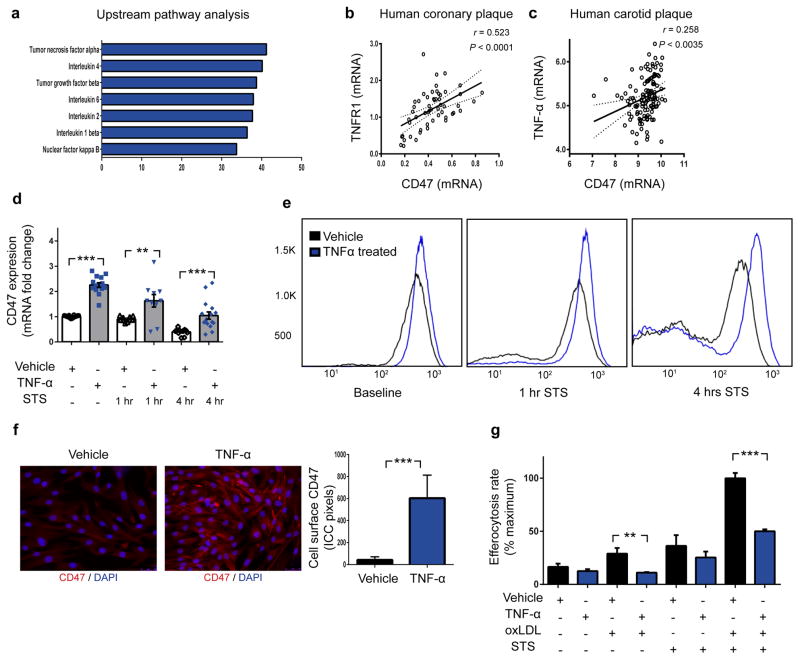Figure 3. The pro-atherosclerotic cytokine, TNF-α, induces CD47 expression and renders vascular cells resistant to phagocytic clearance.
(a). Ingenuity Pathway Analysis identifies “Tumor necrosis factor alpha” as the regulator most likely to be upstream of genes which are co-expressed with CD47 in vascular tissue ex vivo. Co-expression studies confirm that CD47 is positively correlated with the canonical TNF-α receptor, TNFR1, in human coronary plaque (b) and TNF-α levels in human carotid plaque (c). The Pearson correlation coefficient was determined assuming a Gaussian distribution and P values were determined using a two-tailed test shown with the 95% confidence band of the best fit line. (d). In vitro, TNF-α treatment significantly increases the basal expression of CD47 in vascular SMCs, and blunts the decrease expected to occur during apoptosis. Flow cytometry (e) and fluorescent microscopy (f) confirm that TNF-α increases the cell-surface expression of CD47 on vascular cells at baseline and during programmed cell death. (g). In vitro efferocytosis assays indicate that TNF-α treatment renders vascular SMCs resistant to programmed cell clearance under a variety of pro-atherosclerotic conditions. Comparisons made by two-tailed t tests. *** = P < 0.001, ** = P < 0.01. Error bars represent the SEM.

